Illegal dump with river pollution in Kyrgyz-Ata, village of Eski-Nookat
Coordinates: 40.271302, 72.616998
Any unauthorized dump is not just very unaesthetic, but also dangerous. Each such pile is a peculiar chemical laboratory, producing harmful toxins and spreading contaminated substances around itself. Atmospheric precipitation, passing through heaps of garbage like a filter, enters the soil, and then into underground waters, rivers, and lakes, altering their chemical and physical composition. An unauthorized dump, just like a legal one, is a real breeding ground for infection. Such places quickly attract mice and rats, birds, cats, and dogs.
Dumps cause significant harm to nature and the environment, violating existing sanitary and hygiene standards and requirements. Chemical substances that do not undergo biochemical decomposition in waste materials are released into the environment. When waste ignites, harmful compounds enter the air. The leachate formed at illegal dumps has a toxic effect on groundwater and underground waters used as sources of drinking water.
The most harmful are chemical liquids remaining in used containers from fuel-lubricating and cleaning agents. One volume of petroleum product, whether crude oil or its refined products - gasoline, kerosene, and other fuels, when entering water, makes two million (2,000,000) equal volumes of water absolutely unfit for life. Therefore, even seemingly insignificant volumes of these liquids left at the bottom of cans, bottles, and other containers can lead to the death of aquatic inhabitants in a small pond or lake. This is because petroleum products form a very thin film on the water, disrupting gas exchange, the nature of surface agitation, and heat transfer. Modern machine oil causes particularly great harm to nature; in addition to the general harmful effects common to all petroleum products, due to the additives used in modern oils, it is also very toxic in itself.
Surface-active (detergent) substances cause enormous damage to nature. When they enter the soil and water, they disrupt the water absorption regime in plants. Like petroleum products, they create surface films that hinder the reception and feeding of aquatic animals.
Not only "aesthetic" but also quite real harm to animals and plants is caused by heaps of small and seemingly "cellular" waste (netted packaging, boxes with rods, and other packaging items with numerous holes of various calibers). Small waste ingested by animals often causes blockages in the esophagus, damage to the gastrointestinal tract, and even, like cellular packaging, asphyxiation.
Abandoned fishing gear, especially nets, pose a particular danger. The harm from such nets is due to the fact that the accumulated dead fish in them are a source of diseases, and in winter and summer heat, due to decay, they cause so-called "fish kills," leading to mass deaths of fish and other aquatic organisms. The situation is exacerbated by the fact that nets and other fishing gear made from durable, non-decomposing synthetic materials (spools of fishing line) retain their harmful properties for many, and sometimes even dozens of years.
Sheet polymer materials (polyethylene film, plastic bags, etc.) cause effects related to the mulching of soil and water surfaces, which in turn leads to local redistribution of moisture and evaporation regimes. The light flow is also altered, leading to changes in soil and water temperature. Sheet materials, covering areas of relief and water bodies, create special conditions that favor the development of both beneficial (feeding organisms) and pathogenic microflora (pathogenic bacteria and fungi).
Food products left in the "wild" can also have both positive and clearly negative effects on natural communities of organisms. In the first case, food left by tourists serves as feed for animals or organic fertilizer for plants. In the second case, the accumulation of organic substances can lead to excessive enrichment of the water body with nutrients, resulting in degradation of biological diversity and other negative consequences.
The outcome of this concerning rivers and lakes can be quite tragic. Here are some examples. Deterioration of habitat quality leads to a whole chain of negative consequences: the living conditions of microorganisms change, some populations die out, while others reproduce excessively, disrupting the ecological balance of ecosystems. Mutations occur in fish and aquatic and coastal inhabitants. The reproductive function of living organisms is disrupted. When some plastics and materials decompose, micro-particles smaller than 5 mm are formed. As a result, they enter the tissues of aquatic inhabitants, primarily fish.
Aquatic pathogens in the form of pathogenic bacteria and viruses, formed as a result of human and animal activity, are the main cause of diseases due to contaminated drinking water. The most dangerous diseases arising from the consumption of contaminated water are cholera and typhoid fever. Even in developed countries, accidental or illegal discharges from treatment facilities, as well as runoff from farms and urban areas, lead to the appearance of harmful pathogenic microorganisms in surface and groundwater.
Another danger is posed by waters contaminated with heavy metals; substances such as lead, mercury, and arsenic can cause various health problems. The situation is further aggravated by serious water pollution with pesticides and nitrate fertilizers.
Once these substances enter the body, they begin to wreak havoc, provoking a wide range of diseases from cancer to hormonal disruption and changes in brain function. Children and pregnant women are particularly at risk. Even swimming can be dangerous. According to statistics, Kyrgyz citizens face health problems annually, such as skin rashes, acute shock, respiratory infections, and hepatitis in coastal waters contaminated with wastewater.
Any unauthorized dump is not just very unaesthetic, but also dangerous. Each such pile is a peculiar chemical laboratory, producing harmful toxins and spreading contaminated substances around itself. Atmospheric precipitation, passing through heaps of garbage like a filter, enters the soil, and then into underground waters, rivers, and lakes, altering their chemical and physical composition. An unauthorized dump, just like a legal one, is a real breeding ground for infection. Such places quickly attract mice and rats, birds, cats, and dogs.
Dumps cause significant harm to nature and the environment, violating existing sanitary and hygiene standards and requirements. Chemical substances that do not undergo biochemical decomposition in waste materials are released into the environment. When waste ignites, harmful compounds enter the air. The leachate formed at illegal dumps has a toxic effect on groundwater and underground waters used as sources of drinking water.
The most harmful are chemical liquids remaining in used containers from fuel-lubricating and cleaning agents. One volume of petroleum product, whether crude oil or its refined products - gasoline, kerosene, and other fuels, when entering water, makes two million (2,000,000) equal volumes of water absolutely unfit for life. Therefore, even seemingly insignificant volumes of these liquids left at the bottom of cans, bottles, and other containers can lead to the death of aquatic inhabitants in a small pond or lake. This is because petroleum products form a very thin film on the water, disrupting gas exchange, the nature of surface agitation, and heat transfer. Modern machine oil causes particularly great harm to nature; in addition to the general harmful effects common to all petroleum products, due to the additives used in modern oils, it is also very toxic in itself.
Surface-active (detergent) substances cause enormous damage to nature. When they enter the soil and water, they disrupt the water absorption regime in plants. Like petroleum products, they create surface films that hinder the reception and feeding of aquatic animals.
Not only "aesthetic" but also quite real harm to animals and plants is caused by heaps of small and seemingly "cellular" waste (netted packaging, boxes with rods, and other packaging items with numerous holes of various calibers). Small waste ingested by animals often causes blockages in the esophagus, damage to the gastrointestinal tract, and even, like cellular packaging, asphyxiation.
Abandoned fishing gear, especially nets, pose a particular danger. The harm from such nets is due to the fact that the accumulated dead fish in them are a source of diseases, and in winter and summer heat, due to decay, they cause so-called "fish kills," leading to mass deaths of fish and other aquatic organisms. The situation is exacerbated by the fact that nets and other fishing gear made from durable, non-decomposing synthetic materials (spools of fishing line) retain their harmful properties for many, and sometimes even dozens of years.
Sheet polymer materials (polyethylene film, plastic bags, etc.) cause effects related to the mulching of soil and water surfaces, which in turn leads to local redistribution of moisture and evaporation regimes. The light flow is also altered, leading to changes in soil and water temperature. Sheet materials, covering areas of relief and water bodies, create special conditions that favor the development of both beneficial (feeding organisms) and pathogenic microflora (pathogenic bacteria and fungi).
Food products left in the "wild" can also have both positive and clearly negative effects on natural communities of organisms. In the first case, food left by tourists serves as feed for animals or organic fertilizer for plants. In the second case, the accumulation of organic substances can lead to excessive enrichment of the water body with nutrients, resulting in degradation of biological diversity and other negative consequences.
The outcome of this concerning rivers and lakes can be quite tragic. Here are some examples. Deterioration of habitat quality leads to a whole chain of negative consequences: the living conditions of microorganisms change, some populations die out, while others reproduce excessively, disrupting the ecological balance of ecosystems. Mutations occur in fish and aquatic and coastal inhabitants. The reproductive function of living organisms is disrupted. When some plastics and materials decompose, micro-particles smaller than 5 mm are formed. As a result, they enter the tissues of aquatic inhabitants, primarily fish.
Aquatic pathogens in the form of pathogenic bacteria and viruses, formed as a result of human and animal activity, are the main cause of diseases due to contaminated drinking water. The most dangerous diseases arising from the consumption of contaminated water are cholera and typhoid fever. Even in developed countries, accidental or illegal discharges from treatment facilities, as well as runoff from farms and urban areas, lead to the appearance of harmful pathogenic microorganisms in surface and groundwater.
Another danger is posed by waters contaminated with heavy metals; substances such as lead, mercury, and arsenic can cause various health problems. The situation is further aggravated by serious water pollution with pesticides and nitrate fertilizers.
Once these substances enter the body, they begin to wreak havoc, provoking a wide range of diseases from cancer to hormonal disruption and changes in brain function. Children and pregnant women are particularly at risk. Even swimming can be dangerous. According to statistics, Kyrgyz citizens face health problems annually, such as skin rashes, acute shock, respiratory infections, and hepatitis in coastal waters contaminated with wastewater.



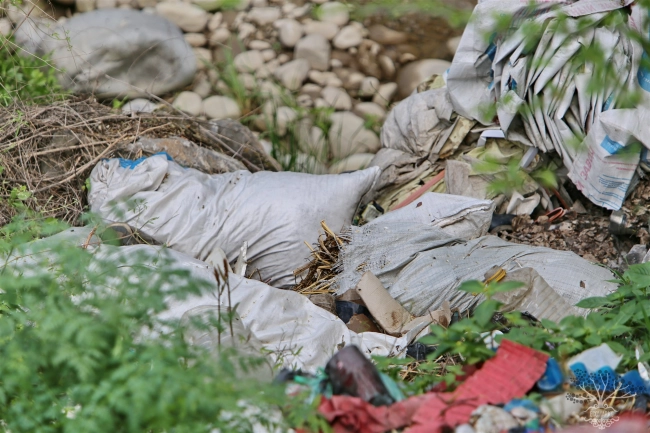



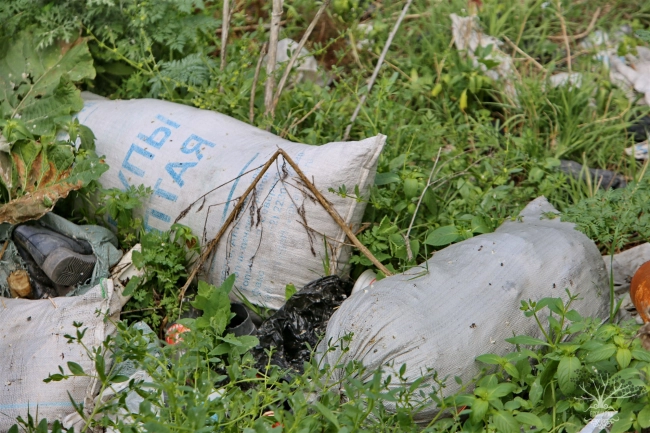
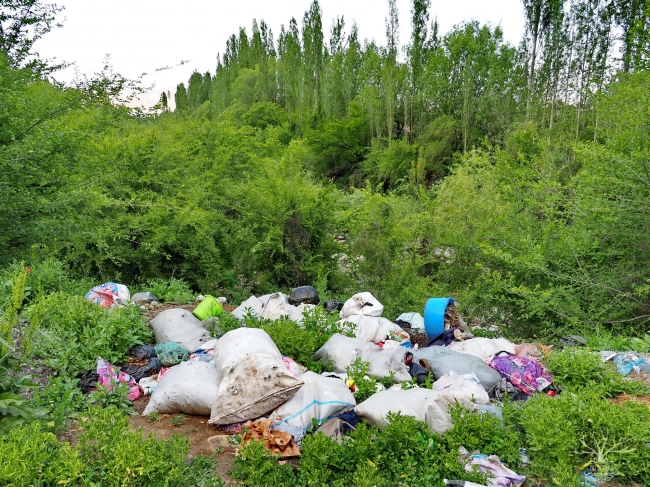
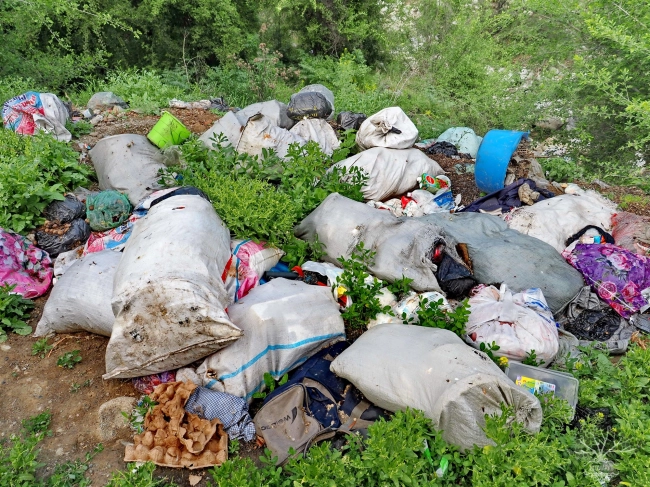
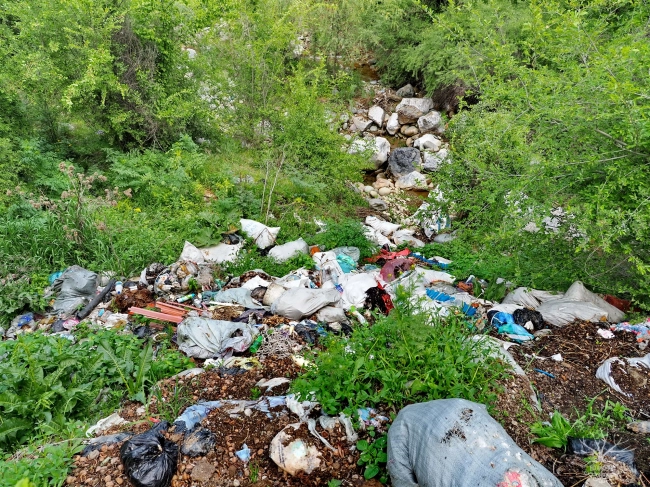
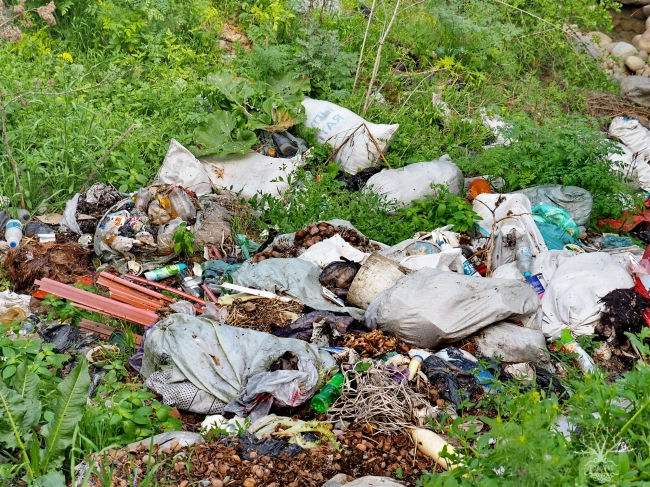
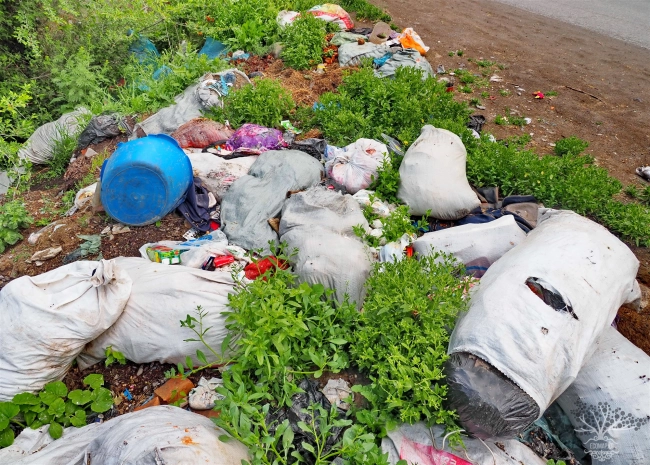
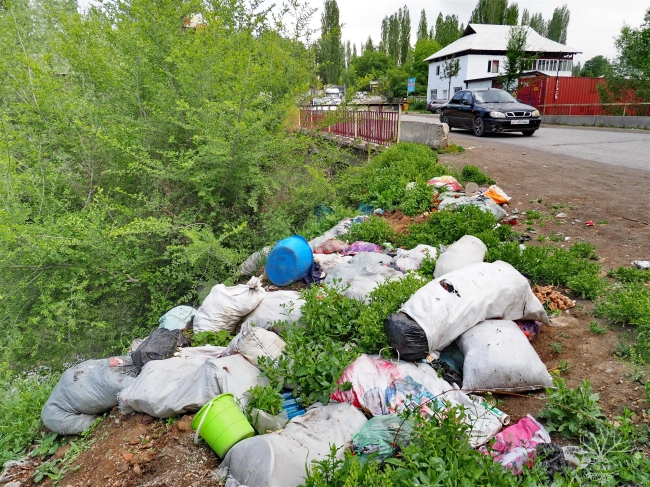
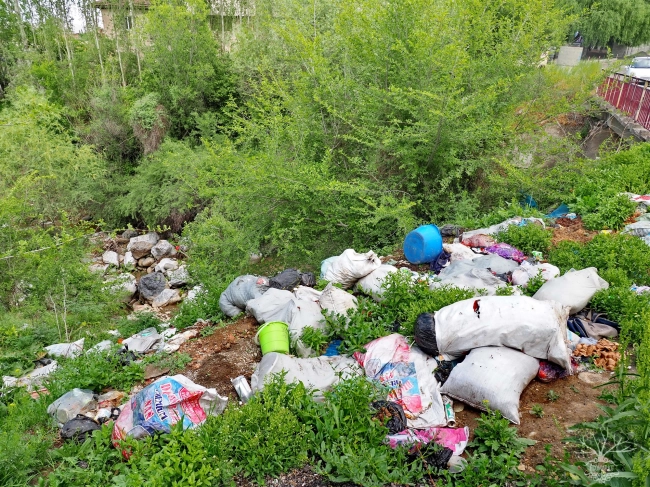
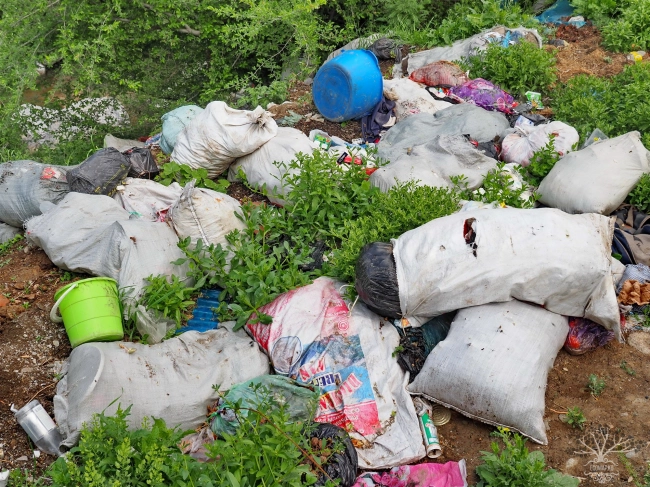
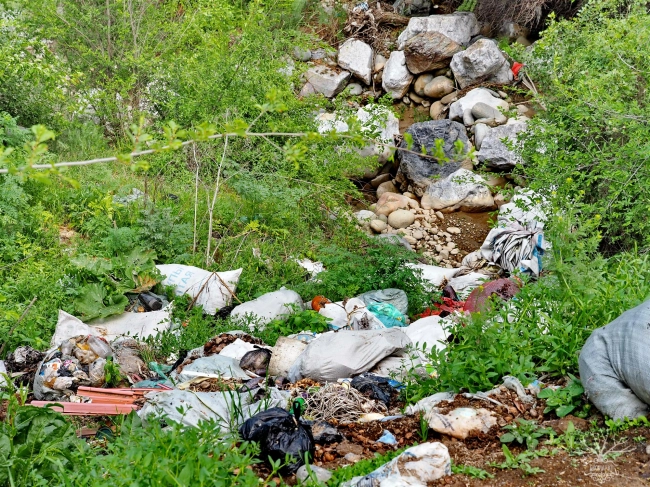
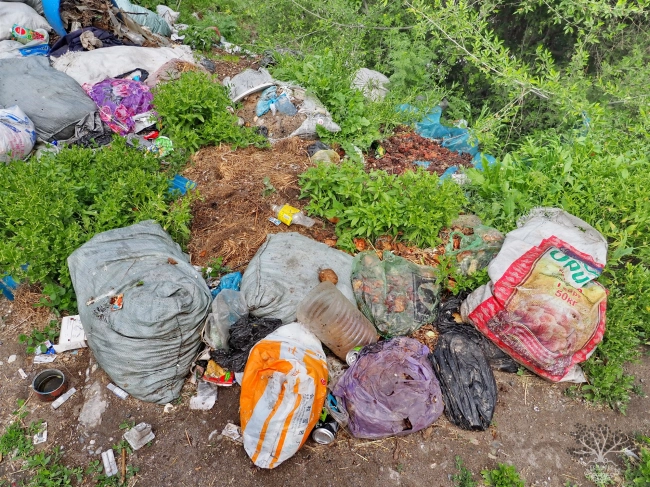
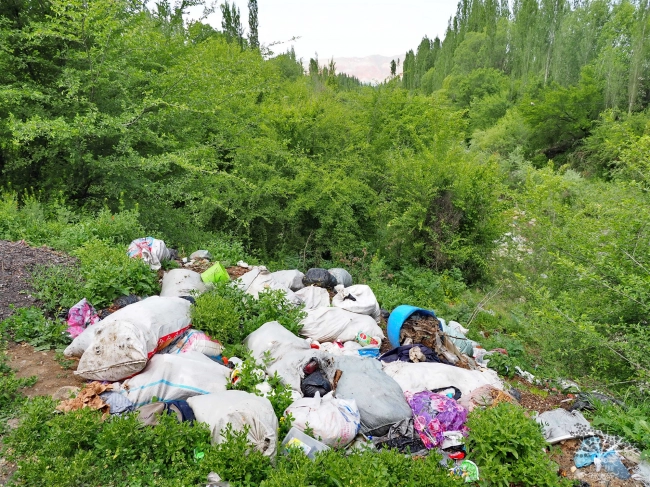
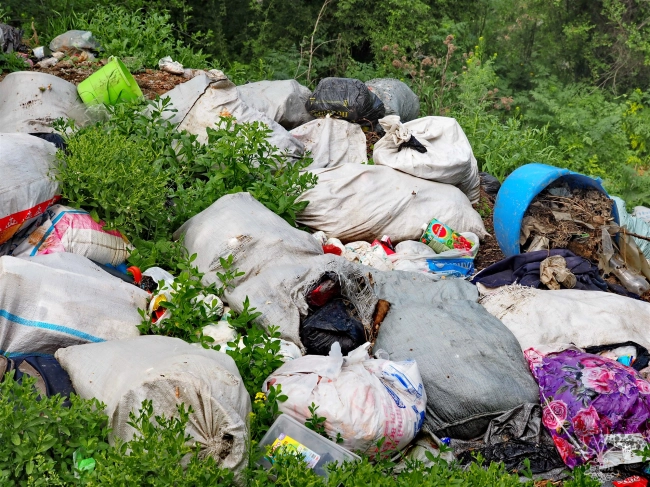


















Attention: Information based on submitted complaints